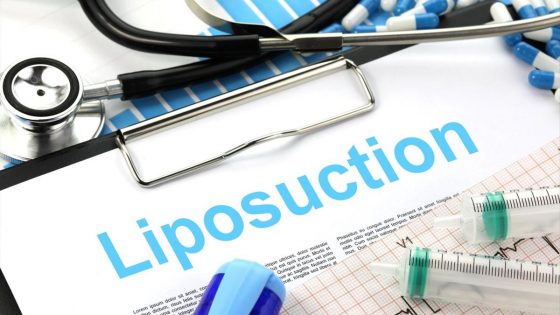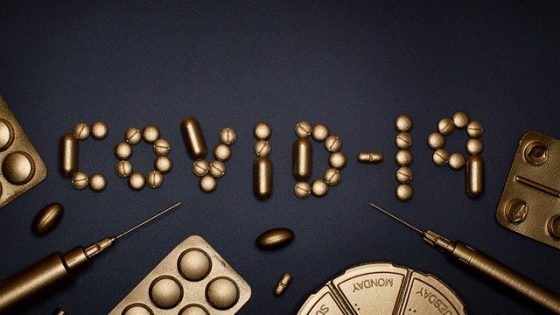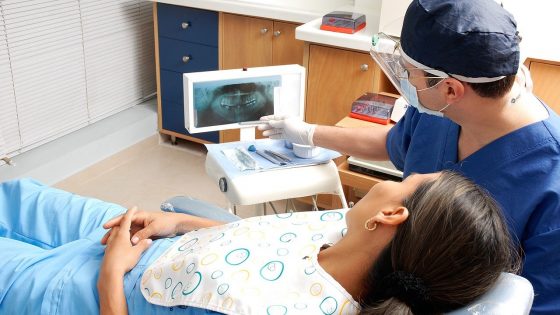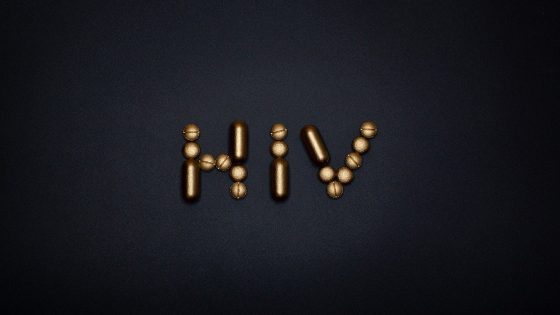Coriolus versicolor extract
A substance being studied in the treatment of breast cancer and other types of cancer. Coriolus versicolor is a type of mushroom. Its extract is used with other treatments in some cultures to treat cancer and other conditions. The extract may boost the immune system, slow the growth of some tumor cells, and lessen the side effects of chemotherapy and radiation therapy. It is a type of biological response modifier (BRM) and a type of dietary supplement.
cornea
The transparent part of the eye that covers the iris and the pupil and allows light to enter the inside.
coronary artery bypass grafting
Surgery in which a healthy blood vessel taken from another part of the body is used to make a new path for blood around a blocked artery leading to the heart. This restores the flow of oxygen and nutrients to the heart. Also called aortocoronary bypass and CABG.
coronary artery disease
A disease in which there is a narrowing or blockage of the coronary arteries (blood vessels that carry blood and oxygen to the heart). Coronary artery disease is usually caused by atherosclerosis (a buildup of fatty material and plaque inside the coronary arteries). The disease may cause chest pain, shortness of breath during exercise, and heart attacks. The risk of coronary artery disease is increased by having a family history of coronary artery disease before age 50, older age, smoking tobacco, high blood pressure, high cholesterol, diabetes, lack of exercise, and obesity. Also called CAD and coronary heart disease.
coronary heart disease
A disease in which there is a narrowing or blockage of the coronary arteries (blood vessels that carry blood and oxygen to the heart). Coronary heart disease is usually caused by atherosclerosis (a buildup of fatty material and plaque inside the coronary arteries). The disease may cause chest pain, shortness of breath during exercise, and heart attacks. The risk of coronary heart disease is increased by having a family history of coronary heart disease before age 50, older age, smoking tobacco, high blood pressure, high cholesterol, diabetes, lack of exercise, and obesity. Also called CAD and coronary artery disease.
coronavirus disease 19
A highly contagious respiratory disease caused by the SARS-CoV-2 virus. SARS-CoV-2 is thought to spread from person to person through droplets released when an infected person coughs, sneezes, or talks. It may also be spread by touching a surface with the virus on it and then touching one’s mouth, nose, or eyes. The most common signs and symptoms of coronavirus disease 19 are fever, cough, and trouble breathing. Muscle pain, chills, headache, sore throat, and a loss of taste or smell may also occur. The signs and symptoms usually appear 2 to 14 days after exposure to the SARS-CoV-2 virus. Some people may not have any symptoms but are still able to spread the virus. Most people with coronavirus disease 19 recover without needing special treatment. But other people are at higher risk of serious illness. Those at higher risk include older adults and people with serious medical problems, such as heart or lung disease, diabetes, cancer, or a weak immune system. Serious illness may include life-threatening pneumonia and organ failure. Research is being done to treat coronavirus disease 19 and to prevent infection with SARS-CoV-2. Also called COVID-19.
corpus cavernosum
One of two columns of spongy tissue that runs through the shaft (body) of the penis. The corpus cavernosum forms most of the penis and contains blood vessels that fill with blood to help make an erection.
corpus spongiosum
A column of spongy tissue that runs through the shaft (body) and glans (head) of the penis. The corpus spongiosum surrounds the urethra (the tube through which urine and sperm pass from the body). It contains blood vessels that fill with blood to help make an erection and keep the urethra open during the erection.
corticosteroid
Any steroid hormone made in the adrenal cortex (the outer part of the adrenal gland). They are also made in the laboratory. Corticosteroids have many different effects in the body, and are used to treat many different conditions. They may be used as hormone replacement, to suppress the immune system, and to treat some side effects of cancer and its treatment. Corticosteroids are also used to treat certain lymphomas and lymphoid leukemias.













